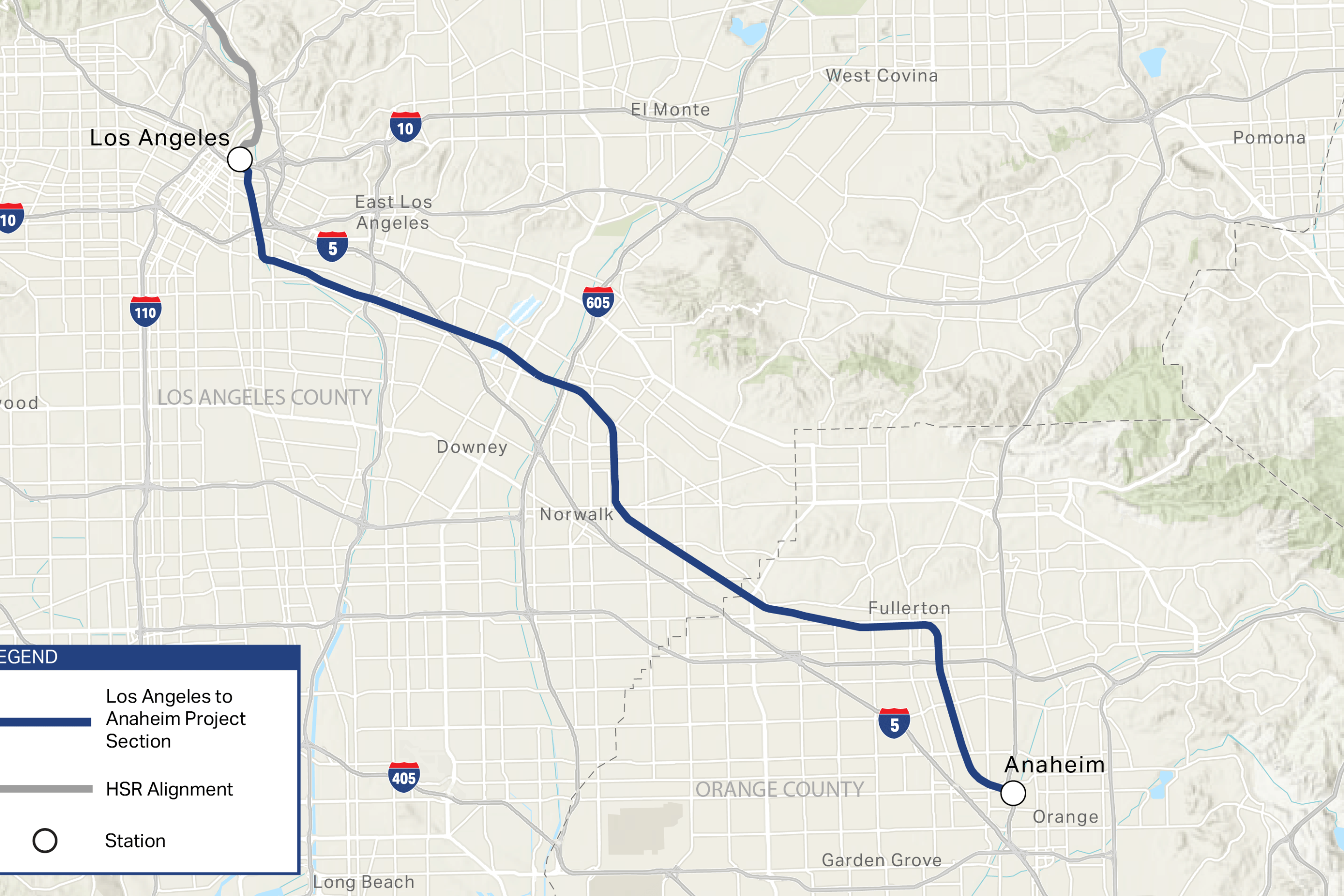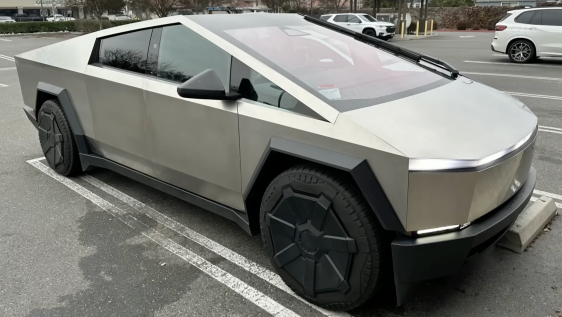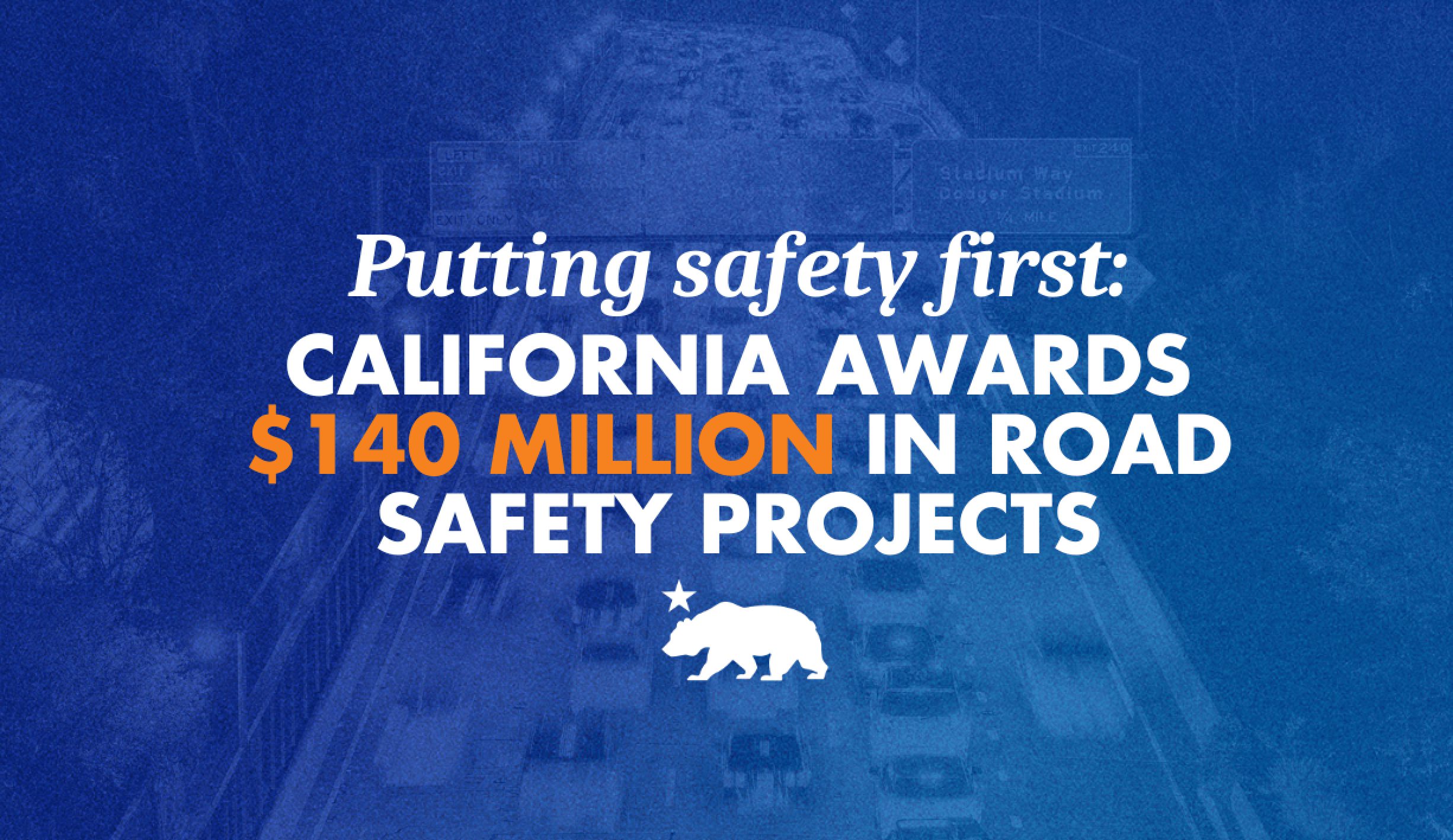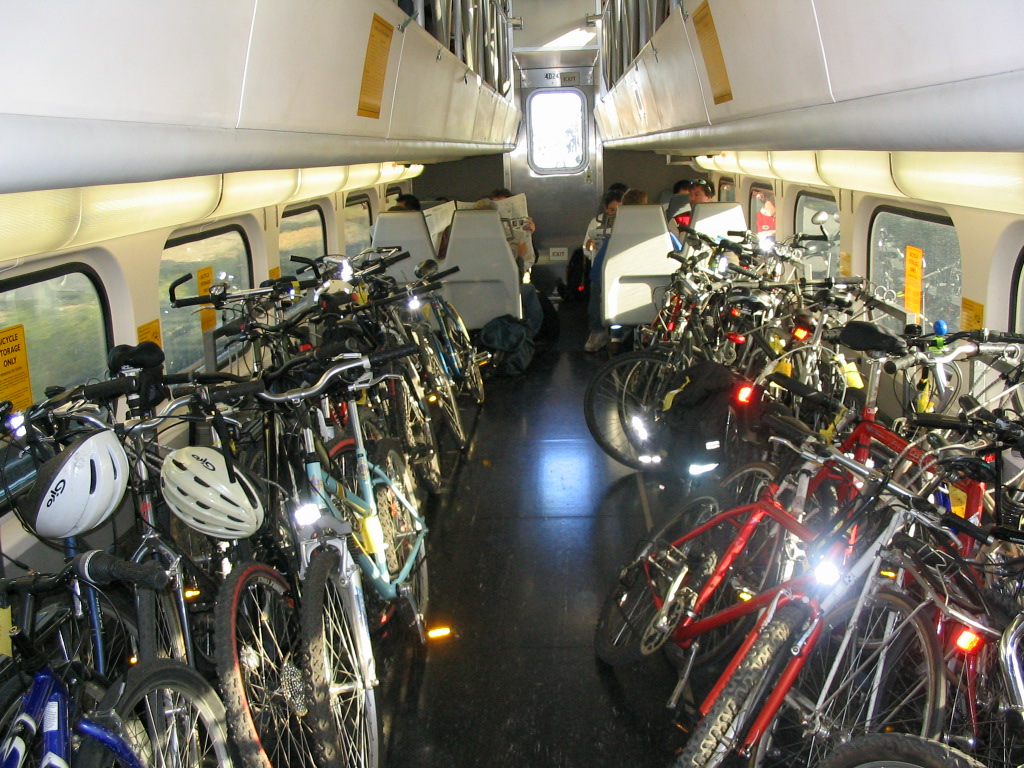When Senator Scott Wiener introduced Senate Bill 79 earlier this year, he argued that this legislation was different from previous efforts to upzone near transit because it focused only on areas served by the “highest quality transit.”
As SB 79 moved through Senate Committees, a clear definition of “highest quality transit” has emerged, the amended legislation now only applies to areas near passenger rail and bus rapid transit stops. Earlier versions of the legislation would have applied to areas surrounding bus stops where multiple lines intersected as well.
As amended, SB 79 would:
- Upzone near rail and bus rapid transit stations: allow buildings up to seven stories high within a quarter mile from major transit stops and up to four stories high within a half-mile;
- Allow transit agencies to set their own zoning standards for properties they own near rail and bus rapid transit stations,
- Speed up the permitting process for projects within a half-mile from rail and bus rapid transit stations transit stops.
In the past three weeks, SB 79 has passed both the Senate Housing Committee and Senate Local Government Committee in a pair of split votes. In both cases, the committee chair voted against and urged others to block the legislation.
Usually a chair’s objection is enough to kill legislation without major concessions. Legislation passing two committees over the objection of the chairs is, as CalMatters wrote after SB 79’s second win, “without any obvious precedent.”
A possible reason for the divide is the lack of clear guidance from party leadership. Senate President Pro Tem Mike McGuire has stayed out of the debate and refused to comment on the legislation when asked.
While there has occasionally been a geographic divide over housing issues, the senators that have supported the legislation represent districts are scattered throughout the state. The two chairs that tried to stop the legislation were Sen. María Elena Durazo from Los Angeles and Sen. Aisha Wahab from Fremont in the East Bay.
SB 79 has to pass one more committee, the Senate Appropriations Committee on May 19, before heading to the Senate for a final vote and consideration by the State Assembly.
The legislation has been opposed by nearly one hundred cities across the state (93 and counting according to Digital Democracy with just one city, West Hollywood, in support), preservationists, and neighborhood rights organizations.
In its opposition letter, the City of Murrieta describes the legislation as well-intended but that it goes too far by removing cities from decision making about their own cities.
“The City of Murrieta understands your desire to pursue rapid housing production. However, as currently drafted, SB 79 will not spur much-needed housing construction in a manner that supports local flexibility, decision-making, and community input. State-driven ministerial or by-right housing approval processes fail to recognize the extensive public engagement associated with developing and adopting zoning ordinances and housing elements.”
It is supported by Yes In My BackYard (Yimby) groups, bicycle and pedestrian advocacy groups, business groups, and labor organizations.
Wiener's previous efforts to upzone areas near transit were also opposed by social justice and tenants rights organizations. While the debate has not been as contentious as in previous years, organizations including Fresno-based Leadership Counsel for Justice and Accountability and Los Angeles-based Strategic Actions for a Just Economy are opposed. Their opposition is centered around concerns that the legislation could lead to gentrification in lower-income areas and current tenants being priced out of their existing homes.
Santa Monica City Councilmember Jesse Zwick has authored legislation for that city to join West Hollywood in support. In a statement to Streetsblog, Zwick argues that the legislation will allow the state not just to build needed housing, but build it in the right place.
“SB 79 will allow us to build the homes we desperately need in the exact places that make the most sense: in close proximity to high-quality transit. There’s no way California can avert its interconnected housing affordability and climate crises without the kind of bold and collective action like this bill envisions.”






